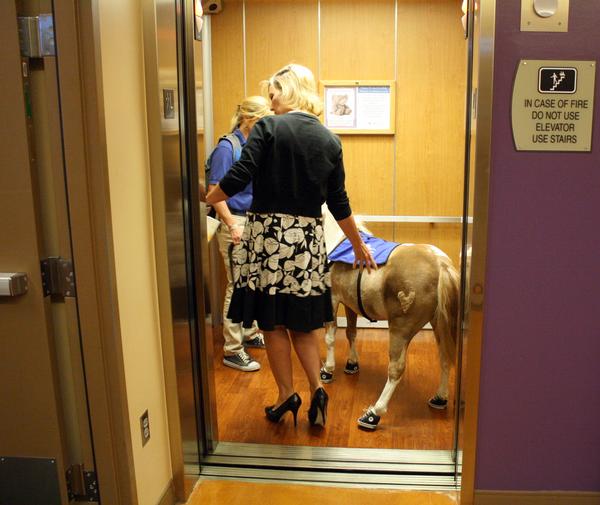Right at the trade deadline on Thursday, the Tampa Bay Rays, Detroit Tigers and the Seattle Mariners completed a three-way trade, sending Cy Young award winner David Price from Tampa Bay to Detroit, outfielder Austin Jackson from Detroit to Seattle, and pitcher Drew Smyly and second baseman Nick Franklin to Tampa Bay from Detroit and Seattle respectively. The Rays also acquired minor-league infielder Willy Adames from Detroit.
This trade was the second of the day for Seattle, as they attempted to address the need for impact in the outfield by acquiring Chris Denorfia from San Diego in exchange for Abraham Almonte and Stephen Kohlscheen.
Both trades leave experts scratching their heads.
Addressing the San Diego deal, Denorfia has been struggling in the pitcher’s ballpark of PETCO Park, hitting just .242 with one home run. While he has been hitting well below his career .275 batting average, his upside at age 34 is limited. Meanwhile, Almonte was the Opening Day center fielder for Seattle, and has a lot of long-term potential as a stolen base threat with 10-15 home run power. Kohlscheen has been a standout reliever after being promoted from Double-A Jackson to Triple-A Tacoma this season, posting a 3.28 ERA in a hitter dominated league with 22 strikeouts and just 6 walks in 24.2 innings.
It is hard to see Denorfia being much more than an upgrade over Endy Chavez, and not much of one at that. But with so few outfield bats on the market, the Mariners felt they had to make some kind of move to stay in the playoff hunt.
As far as the big trade of the deadline goes, the Mariners may not have walked away the biggest loser, but they did not really win either. The Rays got positively fleeced, getting less in return for David Price than they did for James Shields when they traded him to Kansas City. Price is one the top five pitchers in all of baseball, and to only get Drew Smyly and Nick Franklin out of the deal is brutal.
The Mariners essentially swapped Nick Franklin for Austin Jackson. Franklin can play multiple positions, but his home is at second base, a position currently occupied for quite some time. Jackson is a leadoff right-handed bat in an outfield that desperately needed help. Problem is, Jackson is playing well under his potential. After hitting .300 with a league-leading 10 triples in 2012, his average slipped to .270 last season, and remains there this season. While his 35 walks and .332 OBP put him in the top 40 hitters in the American League, his 85 strikeouts are 29th. His numbers are virtually identical to Kyle Seager’s, except Seager has 16 home runs to Jackson’s 4, and Jackson is a marginally better fielder (.982 fielding percentage versus Seager’s .974) at a much easier position to field.
If Jackson somehow recovers his 2012 form, the trade could be a boon for the Mariners. Jackson’s uncanny ability to hit the ball into deep gaps and run wild for doubles and especially triples fits in well at Safeco Field. He certainly represents an upgrade over James Jones in center field, but just how much of one is highly dependent on Jackson getting back to the .290-.300 batting average range.
A move needed to be made at the deadline, but the impact seems to be limited.
Add The Sports Daily to your Google News Feed!
